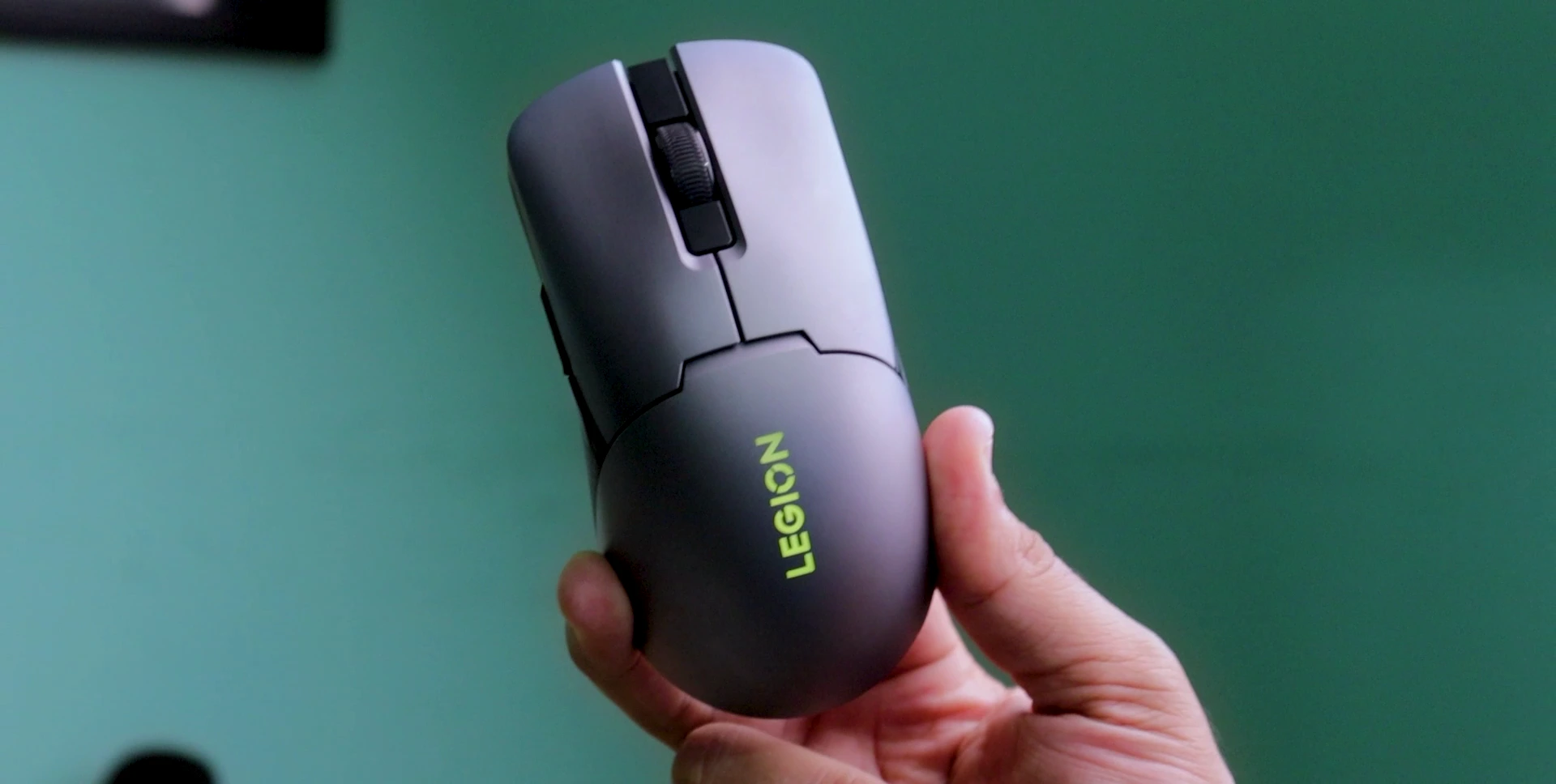
Smart TVs burst onto the scene and it did not take them too long to become all the rave.
Think about being able to do more than your traditional TV, even without connecting any wires or cords to it.
Wireless screen sharing became the order of the day. With more iterations came in-built support for popular streaming apps (like YouTube, Netflix, Hulu, and more).
What could go wrong?
Well, the FBI could come out to issue a strong warning on how smart TVs might be bad for you.
For the FBI to speak up, it has to be serious. So, what is the fuss all about?
The Potential Security Risks from Smart TVs
Using the word ‘smart,’ we might not see where the issue comes from.
Changing that to ‘connected’ and bringing these TVs under the IoT umbrella, it becomes easier to see why they are susceptible to the following:
Lack of Updates
No software is perfect out of the box.
This is why manufacturers and software developers send out software updates to their units and creations. Those updates are designed to patch exploits in the software, introduce new functionality and keep the user safer.
Most smart TV makers only bundle their units with the software and never worry about pushing periodic updates to the TVs.
Data Collection
Nearly all, if not all, smart TVs come with an automatic content recognition (ACR) program.
In other words, this is the program that collects data about what you watch, the content you spend time on, and how you interact with your smart TV.
Manufacturers use this data to improve the TVs but how much of the data do they need? Advertisers and platforms can also use this data to suggest relevant content to you – so they have access to all that you are seeing also.
Public Wi-Fi Risks
Connecting to a free or public Wi-Fi network with your smart TV allows you to stream all of the content that you want without worrying about data costs.
However, the saying ‘if you cannot see the product, it is probably you’ holds water here.
You could be paying for that free Wi-Fi access with your data as you stream content over the smart TV. After all, anyone supplying such free Wi-Fi is now your ISP.
Weak Link
An unnamed casino once lost sensitive information on its clientele and players to a data breach. The ingenious part is how this data breach came about: the hackers took control of a smart thermostat controlling the aquarium in the casino.
This tells you how your internet security is only as strong as the weakest link – of which IoT devices are somewhat weak.
Now, a hacker could take control of your entire smart home system just by hacking into your smart TV. They could even see all the files you send over the network (from emails to wireless printer commands), among other things.
Privacy Breach
We have discussed the data breach aspect of smart TVs above, but how about the ills they can do to your privacy also?
Most smart TVs ship with a camera and microphone system. This allows you to make calls on the TV, record audio/ give voice commands, etc.
When you are not using those modules, they could also be taken over by a hacker to spy on you.
Yes, this means they get to see you and hear all that you are saying as long as you are in the same space as the smart TV.
Don’t Throw your Smart TVs Out Yet
We know.
All of the above sounds scary and it seems that the only thing to do right now is wage war against smart TV manufacturers and their products.
That is not true, though. For all their woes, these TVs are also highly functional.
Here are some things to do for a better secured smart TV.
#1 Check Mic/ Camera Settings
Check if your smart TV has a microphone or a camera, or both.
Play around the settings section to find the options to turn these modules off till when you need them.
Even if you were able to disable them, it is recommended that you put black tape over the camera till when you want to use it.
#2 Improve Network Security
First things first, never connect your smart TV to a free/ public Wi-Fi network.
Likewise, make sure your internet router is configured to the best safety practices. This means:
- Change the default password to something more reliable
- Change the router name from the default
- Install a VPN to encrypt your internet data and traffic
- Always check your internet router for strange activity.
#3 Explore Device Settings
Depending on the model that you have, there will be different options to explore for security and better privacy.
We have already touched upon the mic/ camera up there so we won’t flog the issue anymore here.
Look for the admin password on your TV and change that to one more secure. Check the firmware section regularly to know when there is a new update – and research how easy it is to update your TV also.
#4 Understand Manufacture Data Collection
Like we mentioned earlier, it is not only the hackers and bad cyber actors that collect your data. Manufacturers also do this as a way to offset the huge prices they incur in the making of the TV while still keeping the prices relatively low.
When setting up your TV, read the manufacturer’s privacy policy so that you know what kind of data is being collected on you. Likewise, don’t be so quick to opt into data collection and accept the terms of the agreement.
Wherever you can make modifications, make them involve the most restrictive settings.
Final Words
Smart TVs, like the IoT concept that birthed them, are here to stay.
We know that they will get better with time as manufacturers understand how to secure them better. Before then, though, the onus lies on you to keep your smart TVs secured.
The only other alternative is not connecting to the internet – which beats the purpose of having a smart TV in the first place.
Now that you know what to do, you can get to implementing the tips mentioned above.


